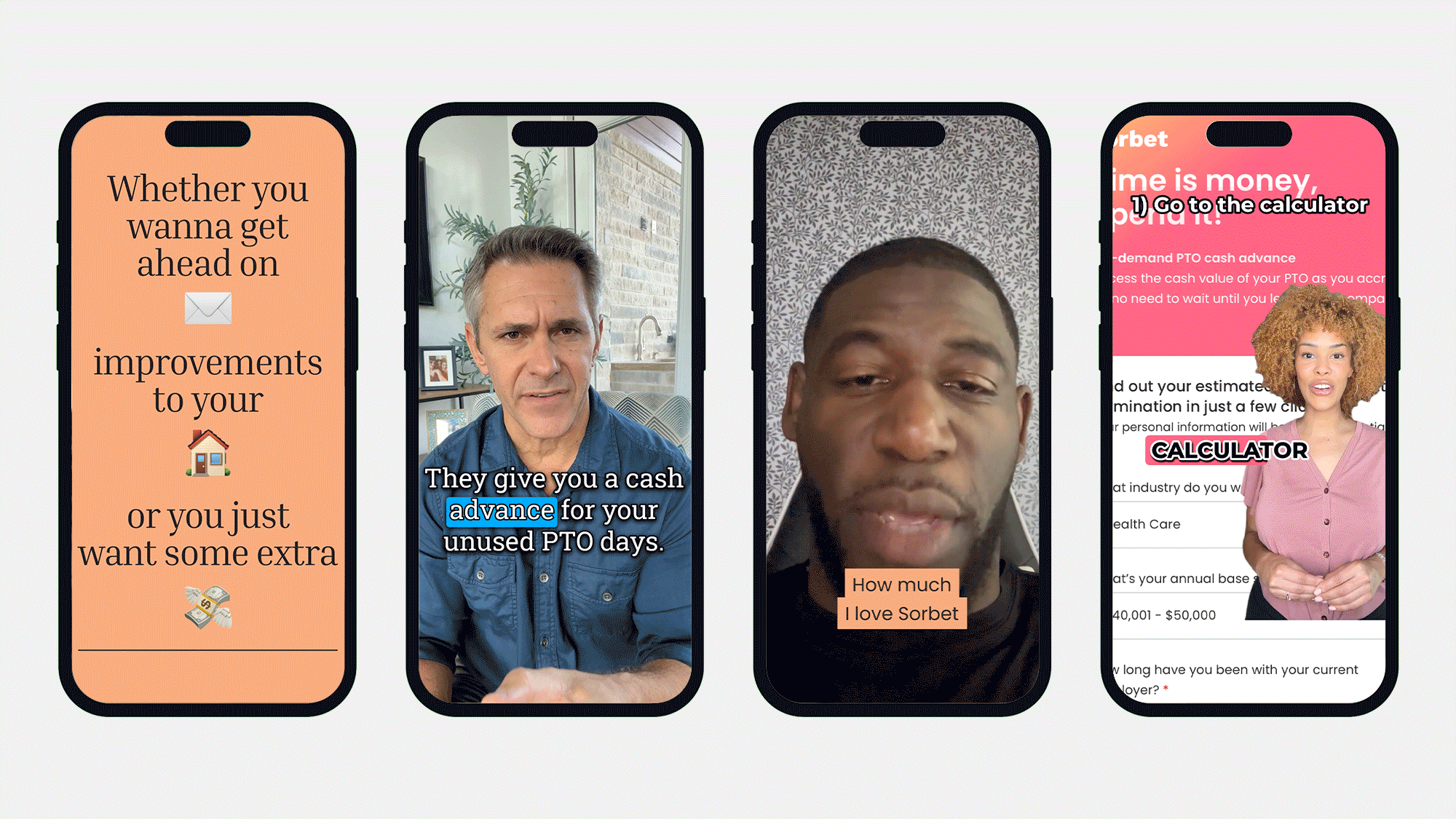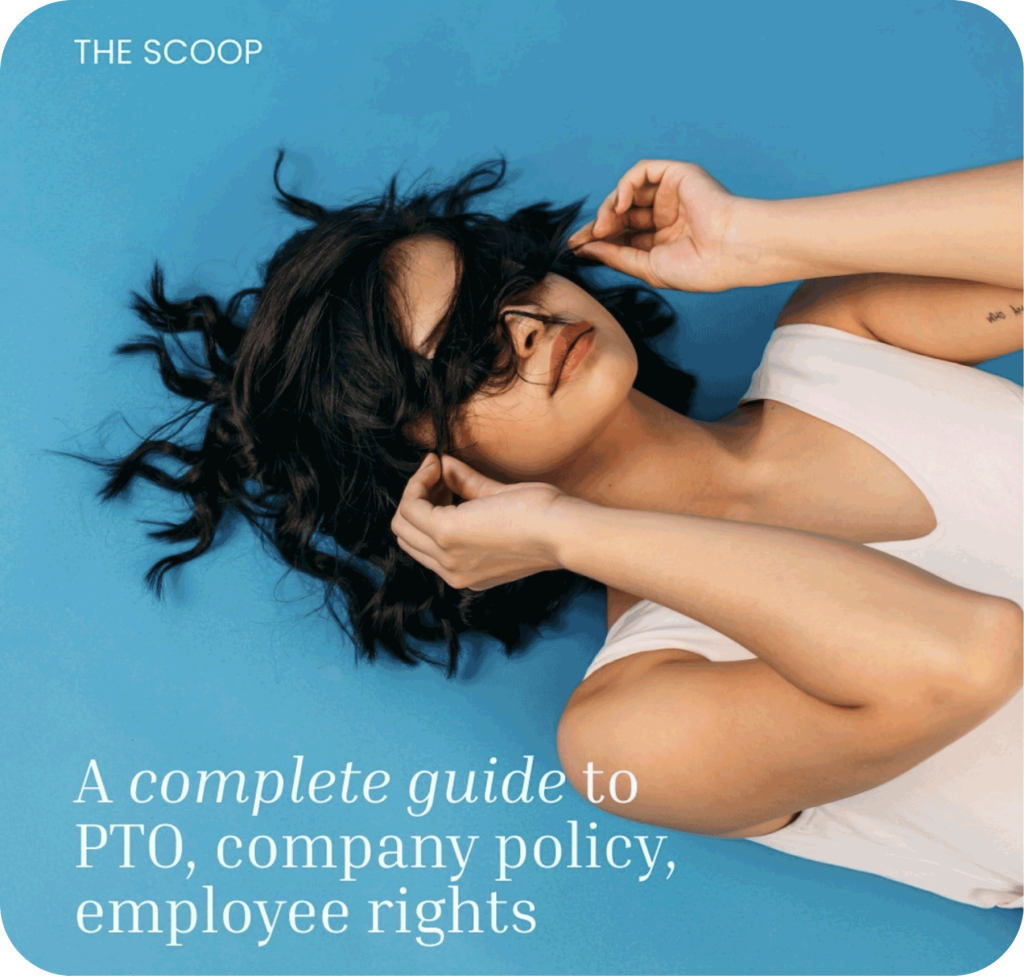www.getsorbet.com
Before engaging with Noetic, Sorbet was struggling to scale their initial success generating leads from paid media. To help them overcome this obstacle, we needed to optimize their ad performance in three key areas: media optimization, event conditions, and ad content variety.
Learning what changes were needed, making those changes, and tracking performance over time allowed Sorbet to make their digital advertising dollar go farther than it ever had before.

Effective paid media campaigns require the right audience targeting and segmentation, iterative testing, and compliance with ad platform standards.

What qualifies as a conversion event? Is it a form fill? A completed application? How and when are these events fed back into the algorithm to optimize lead quality and quantity?

Ad content needs to be dynamic, unique, and relevant to the viewer. The best performance comes from creative content that engages and intrigues.
Before working with us, Sorbet’s campaigns were fragmented across eight states, hindered by iOS14+ visibility issues, overlapping ad sets, and Meta’s restrictions on the ‘credit’ category, all of which made testing and targeting ineffective.
We needed to consolidate data, clarify campaign structure, and find creative solutions to improve machine learning performance and reach the right users.
To drive faster results, we unified fragmented campaigns into one optimized for a single conversion event and introduced a separate campaign solely for testing to preserve evergreen performance. To navigate ‘credit’ category restrictions, we used a creative targeting approach with tailored messaging and visuals that highlighted ideal scenarios for PTO liquidation.
Booked applications increased from 12% to 104%.
Approved applications increased from 69% to 182%.

With media now optimized, it was time to increase the quality of the users we were attracting and the amount of completed applications they were submitting, without increasing Customer Acquisition Cost (CAC). To crack this code, we would need to analyze event conditions and make Meta’s ad tracking technology work for us.
Now that the problems were clearly identified, it was time to get to work fixing them.
27 % boost of approved applications.
20% reduction in Client Acquisition Cost.



Return on advertisement dollar increased to 48%.
UGC produced 60% of Sorbet’s total conversions.




Noetic is a full-stack marketing agency that swears by a data-driven creative approach. Why? Because that’s where our clients find the most value, every time. Our specialties include eCommerce, System Automations, Lead Generation, and Creative Services.
© 2025 Noetic Creative